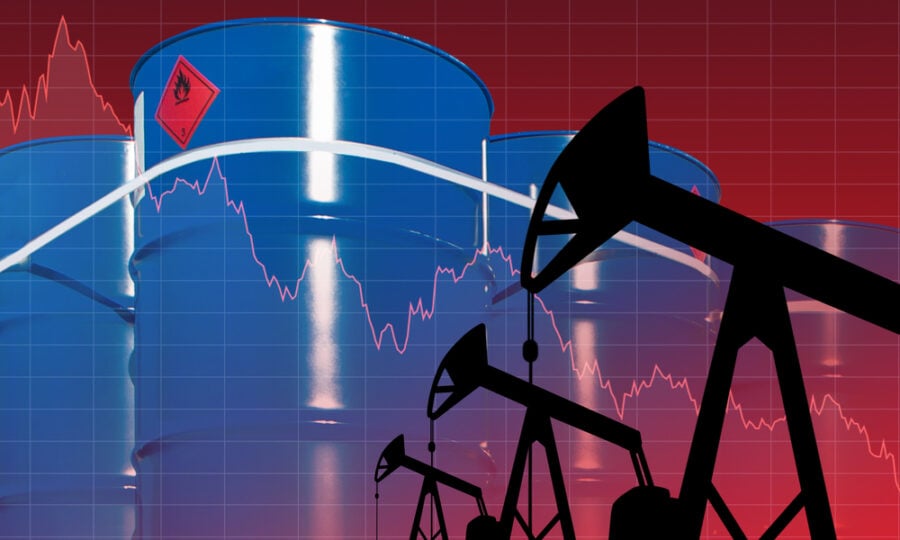As a result of geopolitical developments in Eastern Europe, and the restrictions of the Corona pandemic in China, in particular, OPEC expects growth in global demand for oil in the second quarter of 2022 will be much slower than in the first quarter.
It is expected to reach 2.8 million barrels per day, compared to 5.2 million barrels in the first three months of the year, a slowdown of 46 percent, according to the monthly report of the Organization of the Petroleum Exporting Countries (OPEC).
The Russian-Ukrainian war pushed oil prices higher, briefly surpassing $139 a barrel in March, the highest level since 2008, adding to inflationary pressures.
OPEC reduced its forecast for a rise in global oil demand growth in 2022 by 300,000 barrels from last month’s estimates, to 3.4 million barrels per day, on an annual basis.
According to the organization’s report, issued on Tuesday, this rise is distributed as 1.8 million barrels per day from OECD countries, and 1.6 million barrels per day from countries outside the organization.
OPEC indicated expectations that China, which is imposing strict closures to contain Covid-19, is facing the largest demand shock since 2020 when oil consumption fell sharply.
“Demand in 2022 is expected to be affected by ongoing geopolitical developments in Eastern Europe as well as constraints in the containment of the COVID-19 pandemic,” the report states.
However, OPEC still expects that global consumption will exceed the level of 100 million barrels per day in the third quarter and that the annual average in 2022 will exceed pre-pandemic levels.
Read more: OPEC’s boosted global demand forecasts dampen concerns, fuel oil price surge
Inflation
OPEC also indicated the increase in inflation and the continuation of monetary tightening policies, and it lowered its forecast for economic growth this year to 3.5 percent from 3.9 percent. It added that the possibilities of reversing those paths are limited.
It also considered that this may come “as a result of a solution to the Russian-Ukrainian situation, financial stimulus packages, if possible, and a decline in the pandemic in conjunction with a strong rise in the activities of the services sector.”
For more news on energy, click here.








